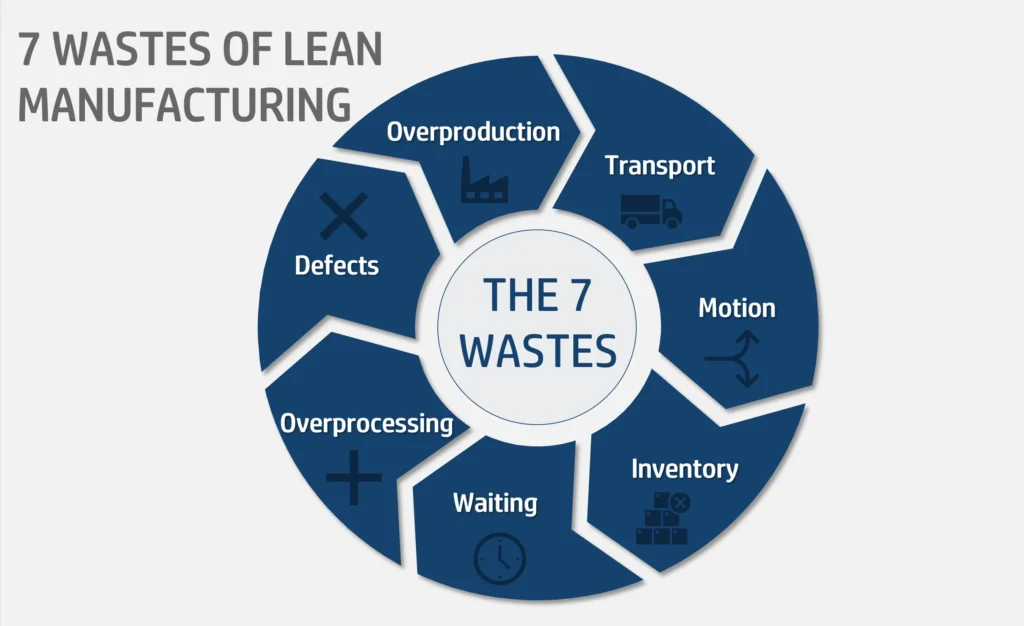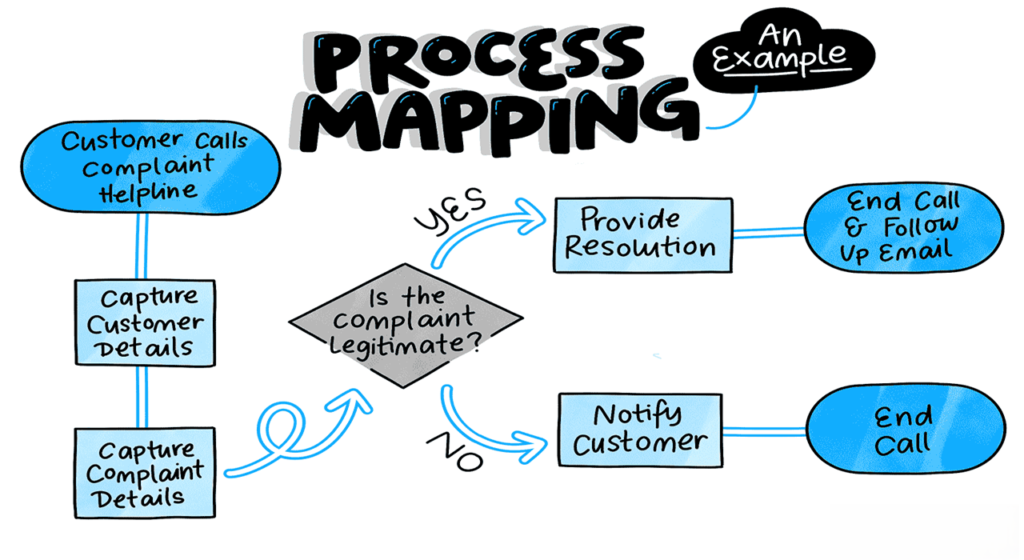Learning

A problem statement is a clear, concise description of an issue that needs to be addressed. It sets the stage for informing stakeholders about the challenges a project faces. A well-crafted problem statement acts as a guide for research and solution generation, ensuring everyone involved is aligned on the central issue...

Waste costs money because it is unnecessary time, labor, or material in the process. Generally, waste is something that is used in the process that isn’t required for satisfactory outcome. According to chief engineer for Toyota, there are seven muda, or resources that are commonly misused and mismanaged: overproduction, conveyance, over processing, correction, inventory, motion, and waiting...

A process is a collection of tasks, steps, or activities that are performed, usually in a specific order, and result in an end product such as a tangible good or the provision of a service. A process would comprise of the steps, processing time, it is interdependent with the other processes, and it requires resources to be assigned to it...

learn various process mapping techniques commonly used in Lean Six Sigma initiatives including SIPOC, Swimlane diagram, Value Stream map...

CTQs are the factors or parameters that are the major drivers of quality within an organization or process. They are characteristics that can be measured about whether or not the customer is going to be satisfied...
